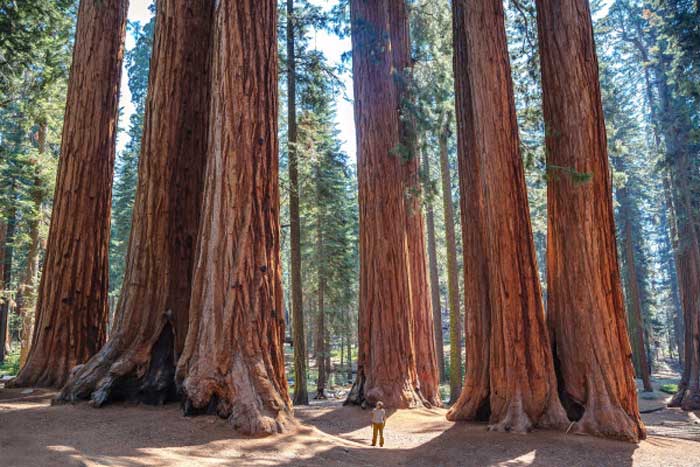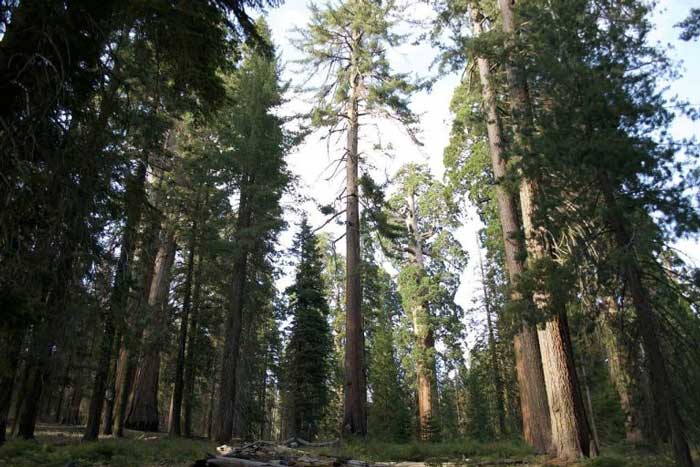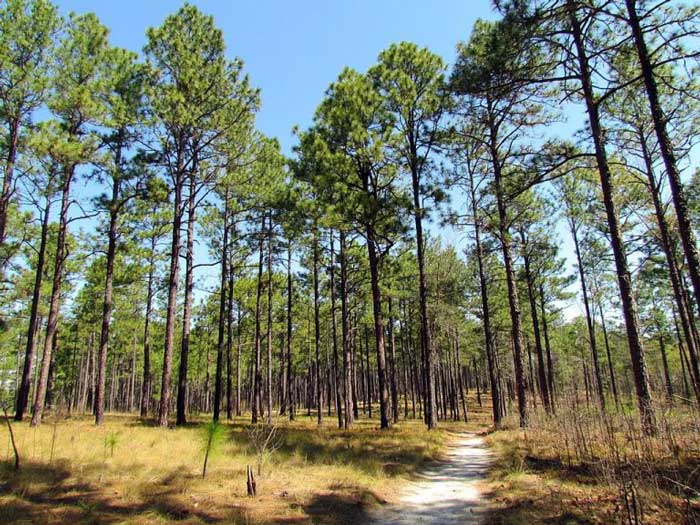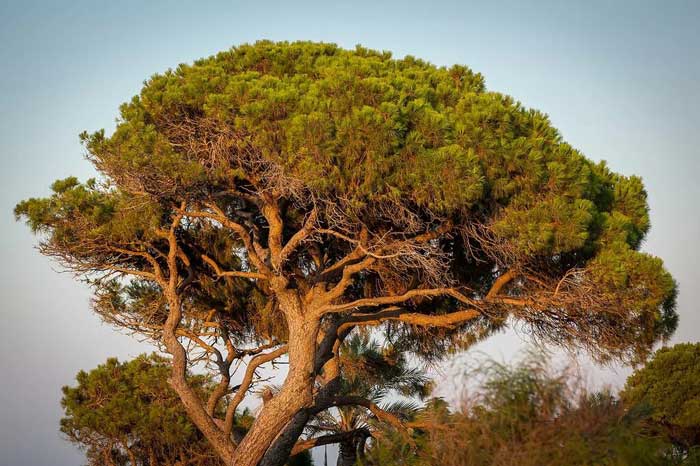Nature’s Fire Survivors: Trees That Withstand Wildfires
Some plants don’t just endure fire — they’re built for it. Known as passive pyrophytes, these remarkable species can survive even intense wildfires with little to no damage. Unlike active pyrophytes, which actually help fires spread, passive pyrophytes resist the flames through unique adaptations like thick bark, moisture retention, or fire-triggered regrowth.
From towering redwoods to Mediterranean oaks, here are some of the most fascinating fire-resistant trees on Earth.

Coast Redwood (Sequoia sempervirens)
The coast redwood is one of nature’s greatest survivors — and among the most fire-resistant trees on the planet. These giants dominate the misty forests of Northern California, where wildfires are a natural part of the ecosystem.
Redwoods owe their resilience to their incredibly thick, fibrous bark, which can grow up to 30 centimeters (12 inches) thick. When fire passes through, the outer bark chars and hardens, protecting the living tissue beneath. Healthy trees, kept moist by coastal fog, are nearly impervious to flames.
Besides their fireproof qualities, coast redwoods are also the tallest trees in the world, reaching up to 94.8 meters (over 300 feet). Their combination of endurance, height, and beauty makes them true symbols of strength and longevity.

Cork Oak (Quercus suber)
Native to the western Mediterranean, the cork oak is a master of survival. It thrives in poor, dry soil, endures long droughts, and — impressively — withstands raging wildfires.
Its secret lies in its thick, spongy bark, which acts as natural insulation against heat and flames. Even when much of the canopy is burned away, the tree can resprout from its trunk and roots, continuing to grow and thrive.
Humans have found countless uses for this resilient species. The bark of the cork oak is harvested to make corks, flooring, and insulation materials — all without harming the tree. Forests of cork oak are also biodiversity hotspots, home to countless Mediterranean species.

Giant Sequoia (Sequoiadendron giganteum)
Unlike most trees that fear fire, the giant sequoia depends on it to reproduce. Fire clears the forest floor, opens space for sunlight, and — most importantly — releases seeds from its cones, which only open under intense heat.
In this way, fire gives sequoias everything they need to regenerate: light, nutrients, and freedom from competing vegetation. For this reason, they’re often called “phoenix trees”, reborn from flame and ash.
Their bark, which can be up to half a meter (20 inches) thick, resists burning even during severe wildfires. Some of these trees are over 3,000 years old, towering above the forest like living monuments to endurance.

Longleaf Pine (Pinus palustris)
A symbol of the American South — and the state tree of Alabama — the longleaf pine has evolved side-by-side with fire. Its thick, scaly bark and remarkable life cycle make it one of nature’s best examples of adaptation through flame.
These pines actually need fire to thrive. Their seeds germinate best after a burn, when the soil is cleared of competition. Young longleaf pines go through a unique “grass stage,” during which they look more like a tuft of needles than a tree. In this stage, their tightly packed needles protect the growing bud from heat and flame.
Over time, they grow tall and straight — up to 34 meters (110 feet) — with deep taproots anchoring them through storms and hurricanes. Longleaf pines can live for up to 500 years, standing as living proof that sometimes, fire is a friend, not a foe.

Stone Pine (Pinus pinea)
Also known as the Italian stone pine, this elegant tree is both fire-tolerant and fire-dependent. Native to the Mediterranean region, stone pines thrive in environments where wildfires are frequent, and even rely on them for regeneration.
Their thick, moisture-rich bark protects them from low and moderate fires. Meanwhile, their tightly sealed cones only open when exposed to high heat, releasing seeds that germinate in the nutrient-rich ash left behind.
Stone pines also shed their lower branches as they grow, preventing flames from climbing into the canopy. Even if damaged, the tree can resprout from underground buds — a natural fire survival strategy perfected by evolution.
Fire: Nature’s Test of Strength
While wildfires can devastate ecosystems, they also shape them. For trees like redwoods, cork oaks, and longleaf pines, fire is not an ending — it’s a beginning. These incredible species remind us that resilience isn’t about avoiding adversity, but adapting to it.
In the grand cycle of nature, fire clears the way for renewal — and these trees stand tall as proof that from ash, life always rises again.







